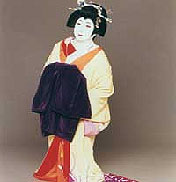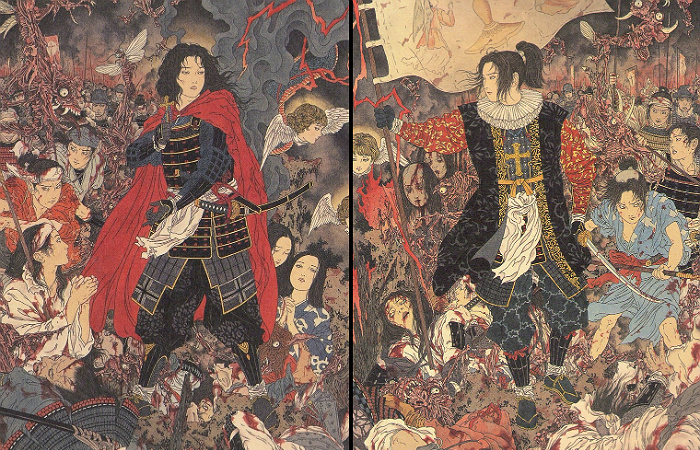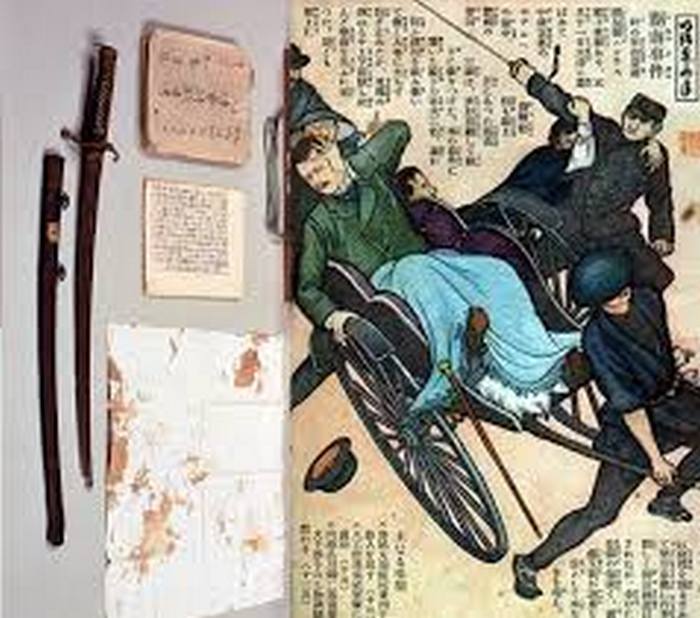ANIMATION OF CELESTIAL COLOR
 In search of explanations of actual reality, social researchers are increasingly turning to the analysis of media products. The history of this interest is closely connected with the development of the ideas of modern Marxists (neo-Marxists), who justified and proved that the media and mass culture, among other functions, contribute to the establishment and maintenance of the ideology of ruling groups.
In search of explanations of actual reality, social researchers are increasingly turning to the analysis of media products. The history of this interest is closely connected with the development of the ideas of modern Marxists (neo-Marxists), who justified and proved that the media and mass culture, among other functions, contribute to the establishment and maintenance of the ideology of ruling groups.
One of the most dynamically developing research areas on this basis is visual research, the focus of which, for more than two decades, has been in cinema, design, television, advertising, including in connection with the analysis of various forms of sexuality presented there. At the same time, animated cinema, which traditionally refers to the sphere of childhood, where the topic of sexuality is not yet relevant, often remains outside the scope of researchers’ attention, which in our opinion is not entirely justified. And we intend to prove this using the example of the Japanese animation genre Yaoi, correlating the history of its formation with the social and cultural characteristics of Japanese society.
The topic of sexuality seems to be one of the most discussed in the modern world. Moreover, as a rule, society defines certain normative boundaries on the basis of which sexual preferences and sexual behavior of people are defined as “normal” or “abnormal” (“pathological”, “deviant”, “deviant”, etc.). Over the past few years, under the influence of Western theoretical doctrines, as well as information about the practical activities of a number of social movements, politically correct definitions such as “non-traditional sexual orientation”, which no longer have such a pronounced relevance to pathology (medical and social ) This is due to new data from social anthropologists who have shown how similar forms of behavior can be interpreted and evaluated differently in different societies or at different time periods.
For example, with regard to homosexual practices, in the Soviet period of Russian history male homosexual contacts were clearly considered abnormal, and in Japan, where cultural traditions were quite loyal to such a model of relations, it was rejected (and, as will be further clear, is still ) the active role of women in heterosexual interactions. Since, in spite of everything, such special interactions between people nevertheless existed, they could not but find their reflection in the products of mass culture.
Why is animation the object of our attention? The fact is that, unlike other types of cinematography, it provides much wider possibilities for expressing allegories, metaphors and paradoxes. Here, in the words of Yu.M. Lotman, “an artist can, as he needs, generalize the artistic type and the environment interacting with it” [1]. As a result, animated films not only represent the system of values and characteristics of the society and cultural environment in which they appeared. They often create new hypothetical models for organizing relationships between people.
A few words about the specifics of the studied object. Japanese animation is presented today in two formats – manga (drawn scenes) and anime (actually animated films) [2], created, as a rule, on the basis of one or another manga.
The manga dates back to 1814, when the famous Japanese artist Hokusai published the first book of black and white ink sketches – “involuntary sketches.” Soon, such “novels in drawings” were called “manga” (manga). Today, manga is published in the format of magazines, individual collections, or in the form of “phone books.” The stories presented there, of course, remotely resemble novels in our traditional sense, but researchers argue that manga should not be attributed to the variety of comics that are common in Western popular culture, since it is distinguished by a fairly high level of artistic performance and the depth of emotional conflicts [3]. Manga plots can be romantic, dramatic, philosophical or adventure.
It should be noted that manga is very popular in Japan. So, according to Mary Grigsby, 1994 was marked by the release of more than two billion copies of manga, which accounted for 35% of all printed materials produced in the world [4]. The interest in anime among the Japanese is no less impressive and comparable to the significance of traditional cinema. Every year, new anime series are shown on television, and full-length animated films are in demand at the box office.
Anime, as mentioned earlier, is an animated film or series created based on some manga. Anime varies by genre and target audience. For example, kodomo anime (kodomo) is aimed at an audience of very young viewers.




